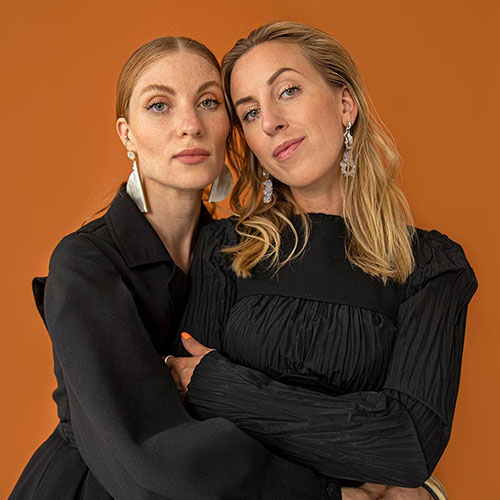
JOURNAL
Back to life: How has the coronavirus crisis changed our buying behaviour?
The year 2020 will certainly be remembered as one full of uncertainty. Faced with the invisible danger of a virus, we have retreated into the safety of our homes. This has been accompanied by a renaissance of conservative values: our own four walls as a refuge from the big, bad world outside. Suddenly, our Instagram feeds were full of photos of people baking, cooking, gardening, knitting and even the good, old book club was brought back to life in digital form. We used banana bread and DIY jewellery to counteract the boredom that set in – and also to make up for the dizzyingly fast pace of life, “always online” mentality and pressure to perform that came before it.
Suddenly we found ourselves spending a lot of time in solitude with our own possessions. So what better time to pause and take stock of our own behaviour and attitude to fashion? Many people within my circle of friends told me that they felt overwhelmed by their own OTT materialism and used the lockdown time to declutter, organise and repair what they already own. This was a time to get back to basics and focus on what really matters – a time for clarity and order to compensate for the political and economic chaos going on around us. The trend towards responsible and conscious consumption has been evolving for a few years now: minimalism meets favourite pieces. Instead of following fast-fashion trends with a fast-approaching expiry date, a capsule wardrobe of timeless and seasonless, high-quality pieces is becoming the new ideal.
Instead of cheaply produced fast fashion items, we are turning to high-quality materials and classic designs. The megatrend for natural materials is not only making itself felt in our wardrobes in the form of linen trousers and organic cotton, but also apparent in our newfound interior love for raffia and bamboo.

Exciting store concepts like that of LNFA at Bikini Berlin, which sell vintage fashion alongside pieces by local designers, are becoming more and more attractive to consumers.
Although many people are experiencing, or at least fearing, financial losses due to the coronavirus crisis – and therefore focusing more on essential items and long-term investments – there is still a need to be inspired. The McKinsey Global Fashion Survey predicts that the global fashion market will see only a slightly slower growth from 4.5% in 2019 to 3.5% in 2020. With many entertainment activities either being cancelled or banned, everyday fashion was one of the few sources of inspiration and mood boosters we had left. For specific consumer groups, fashion is a way of expressing one’s individuality, something that is becoming particularly important in the crisis and has helped us to continue feeling good about ourselves, despite everything happening in the world outside. Those who can afford it will carry on shopping, but where and what?
For 2020, the McKinsey Global Fashion Survey 2020 has identified keywords like “Sustainability First”, “In the Neighbourhood” and “Next Gen Social” as the year’s most important shifts in values.

We have all been made aware of the importance of joining forces against an external threat. Our actions really do matter. Every single individual decision we make could lead to a catastrophe or to us (and the planet) getting off lightly. Let’s hope that these insights are also reflected in the way we consume fashion in the long term...



